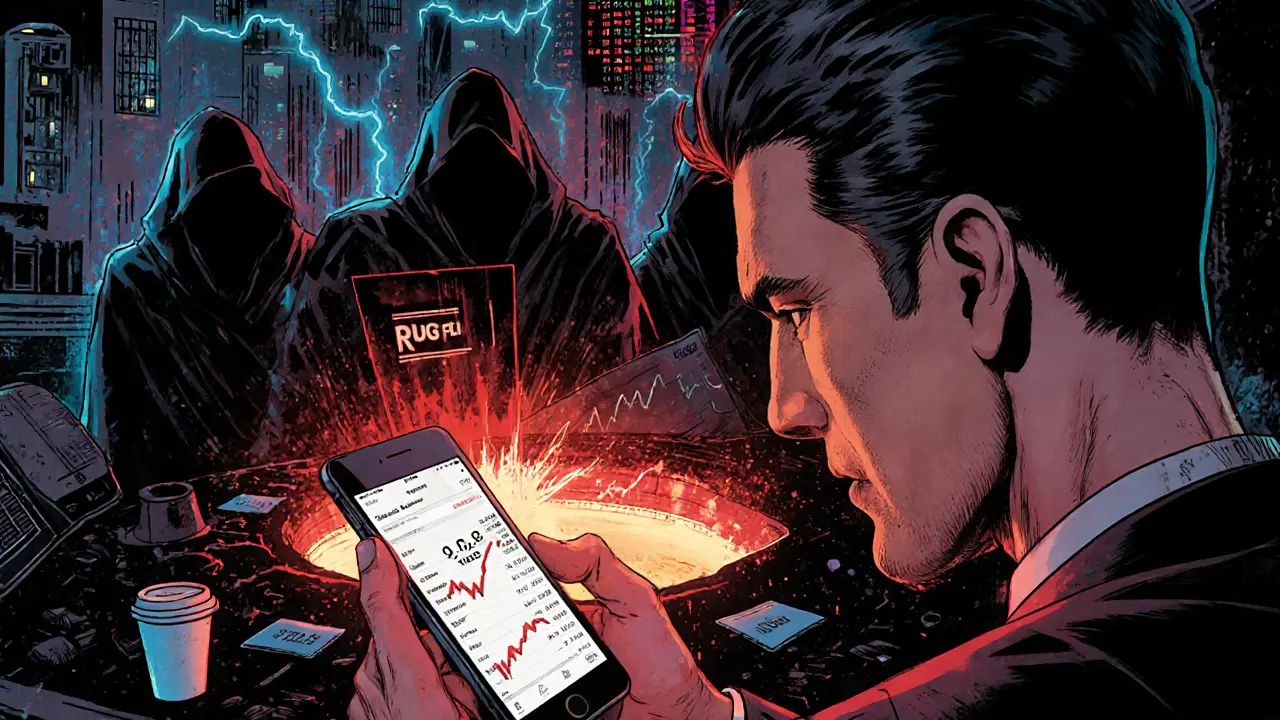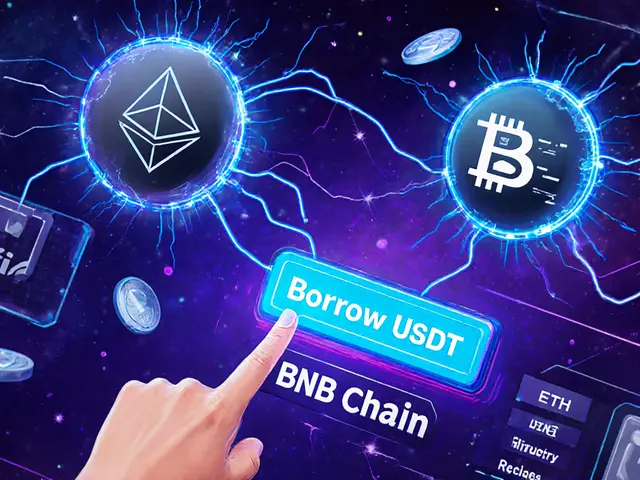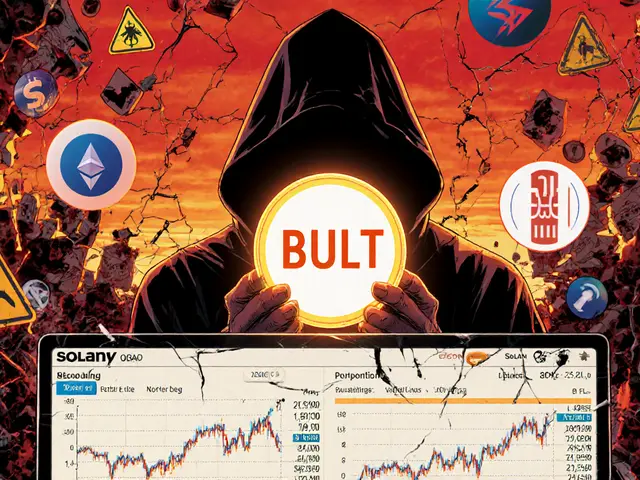Rug Pull Cryptocurrency: How Scammers Steal Millions and How to Avoid Them
When you hear rug pull cryptocurrency, a type of crypto scam where developers abandon a project and vanish with investors’ funds. Also known as exit scam, it’s one of the most common ways people lose money in crypto—not because the market crashed, but because someone lied to them from the start. Unlike failed projects that just don’t take off, a rug pull is theft. The team builds hype, gets people to buy, then pulls the plug—locking liquidity, deleting social accounts, and disappearing with millions. You’re not losing to bad luck. You’re losing to a criminal operation.
These scams often hide behind fake promises: high APY staking, limited token supply, or celebrity endorsements. Look at Cougar Exchange, a token project marketed as a decentralized exchange, but actually just a low-liquidity token with no real platform. Or ParamountDax, a crypto exchange with zero public team, no audits, and no verifiable track record. Both were sold as legitimate, but insiders knew they were honeypot tokens—designed so you can buy, but not sell. The moment you try to cash out, the contract blocks you. That’s not a glitch. That’s the plan.
Real rug pulls don’t just happen in obscure tokens. They show up in airdrops, meme coins, and even projects with big marketing budgets. The common thread? No transparency. No team identity. No independent audit. No real utility. If a project can’t tell you who built it, why it exists, or how your money is being used, it’s already a risk. And if the token’s liquidity is locked by the team alone—with no third-party verification—you’re giving them the keys to your wallet.
What makes this worse is how fast these scams move. One day, a token is trending on Twitter. The next, the Discord is gone, the website is down, and your balance is worthless. There’s no customer support. No refund. No legal recourse—especially if the team is overseas, like the Myanmar or North Korean fraud rings linked to billions in stolen crypto. The system is built to protect the scammers, not you.
But you’re not powerless. You can spot the signs before it’s too late. Check the liquidity pool. Look at the wallet addresses holding the most tokens. See if the contract has been audited by a known firm like CertiK or Hacken. Search the team’s names—do they have LinkedIn profiles, past projects, or public identities? If not, walk away. Most rug pulls fail because they’re too greedy to hide well. They leave trails. You just need to know where to look.
Below, you’ll find real case studies of crypto scams that turned into rug pulls, how they were exposed, and what you can learn from them. These aren’t hypotheticals. These are the projects that stole money from real people—and the lessons that could save your next investment.

A rug pull is a crypto scam where developers trick investors by launching a fake token, pumping its price, then disappearing with the funds. Learn how they work, the red flags to spot, and how to protect yourself from losing everything.
Continue Reading





